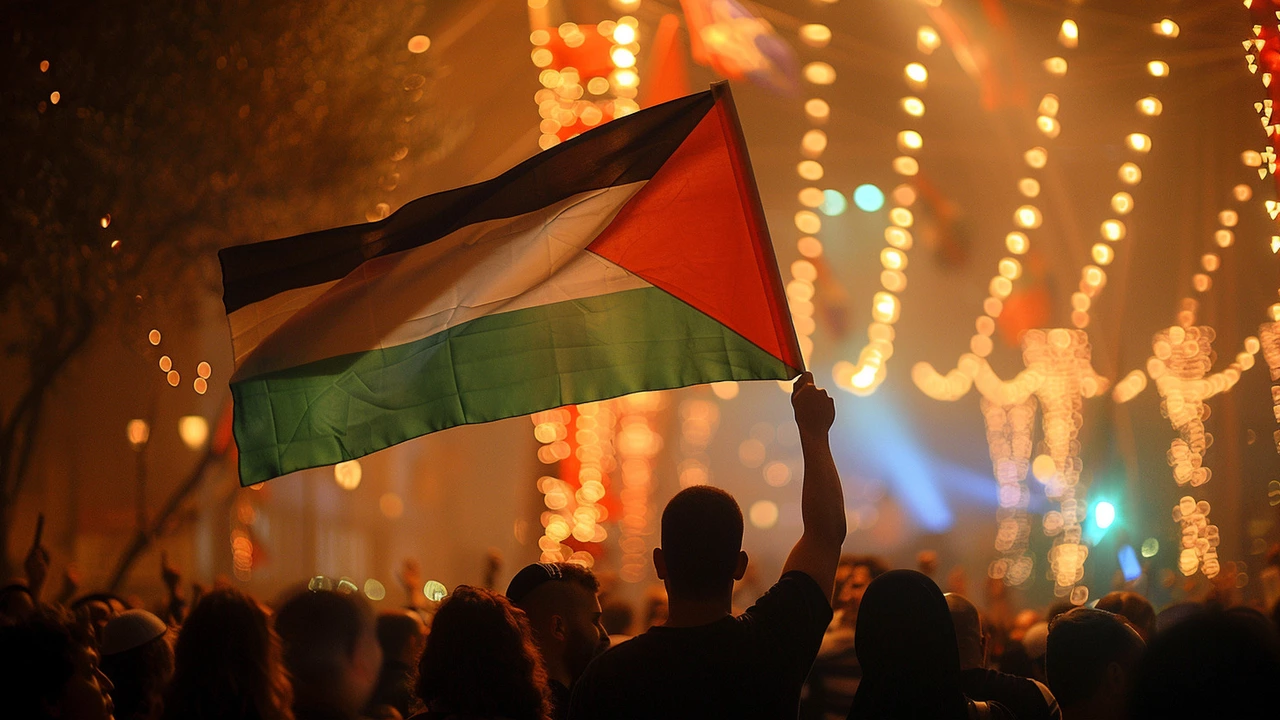Palestinian Statehood: Quick Guide for Anyone Curious
So you’ve heard the term “Palestinian statehood” everywhere – news headlines, debates, social feeds – but what does it actually mean? In plain English, it’s the push for Palestine to be recognized as an independent, sovereign nation with defined borders, a government that can join the UN, and the same rights any other country enjoys.
Understanding the idea helps you follow the latest talks, the peace process, and why some countries support it while others push back. Below, I’ll break down the history, the big hurdles, and what could happen next, all without drowning you in jargon.
History in a Nutshell
The modern debate started after World War II, when the UN proposed splitting the British‑mandated Palestine into a Jewish and an Arab state in 1947. The Jewish side accepted, declared Israel in 1948, and the Arab side, backed by neighboring countries, rejected the plan. That sparked wars, displacement, and a series of cease‑fire lines known as the Green Line.
Since then, Palestinians have lived under varied control – from Jordan to Egypt to Israel – and have organized politically. The Palestine Liberation Organization (PLO) emerged in the 1960s, and in 1988 the PLO formally declared an independent Palestinian state, though it lacked territory.
Fast forward to the 1990s: the Oslo Accords created the Palestinian Authority (PA) to run parts of the West Bank and Gaza. It was a step toward statehood, but final borders, the status of Jerusalem, and refugee rights remained unresolved. The PA’s limited control and ongoing settlement expansions have kept the dream of full statehood out of reach.
Roadblocks and Opportunities
Why isn’t Palestine a full UN member yet? A few key roadblocks: first, the lack of clear, mutually‑agreed borders. Israel continues to expand settlements in the West Bank, which most of the world sees as illegal under international law. Second, the political split between Fatah (which runs the PA) and Hamas (which controls Gaza) makes it hard to present a unified front.
Third, powerful allies matter. The United States, a major player in Middle East diplomacy, has historically opposed full UN recognition for Palestine, often citing security concerns. On the flip side, over 130 countries already recognize Palestine as a state, and many argue it meets the UN criteria for statehood – a permanent population, defined territory, government, and capacity to enter relations with other states.
Opportunities are popping up, too. Some Arab nations are normalizing ties with Israel, shifting the regional power balance. That could pressure both sides to negotiate a lasting deal, or it could sideline the Palestinian cause if allies deprioritize it. Meanwhile, grassroots movements worldwide keep the conversation alive, pushing for boycotts, divestments, and sanctions that aim to pressure Israel into meaningful talks.
If a comprehensive peace agreement were reached, Palestine could gain full UN membership, join trade organizations, and control its own borders and resources. For Palestinians, that would mean a stronger voice on the world stage, better economic prospects, and a clearer legal footing for issues like refugees.
But until the core disputes – Jerusalem, borders, security guarantees, and refugee rights – are settled, Palestinian statehood will stay a work in progress. Watching diplomatic talks, UN votes, and on‑the‑ground developments can give you a feel for which direction the issue is heading.
Bottom line: Palestinian statehood isn’t just a buzzword; it’s a set of concrete goals that affect millions of lives. Knowing the basics helps you cut through the noise and understand why the next few years could be pivotal for the region and for international politics as a whole.
Spain, Ireland, and Norway Affirm Palestinian Statehood Amid European Divisions
Spain, Ireland, and Norway have formally recognized Palestinian statehood, sparking controversy and highlighting a divided European stance on the issue. This decision aims to support peace efforts in the Israel-Palestine conflict but has drawn sharp criticism from Israel.

 Entertainment
Entertainment